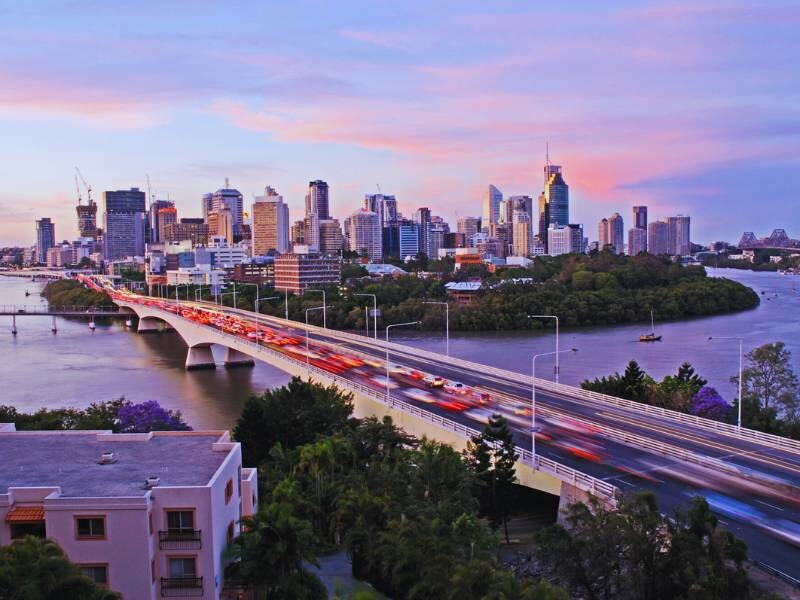In recent years, Australia has seen a rapid rise in infrastructure development, road projects, and safety challenges. With more vehicles on the road and an increasing number of construction projects, traffic control has become a vital part of keeping everything moving smoothly. In this article, we’ll explore five reasons why traffic control is more critical than ever in Australia.
1. The Boom in Infrastructure Projects
Australia’s cities and regional areas are experiencing unprecedented infrastructure growth. From road upgrades and rail projects to new bridges and tunnels, the demand for traffic control services has surged. Major projects such as the WestConnex in Sydney, the Melbourne Metro Tunnel, and the Cross River Rail in Brisbane are just a few examples where traffic management plays a key role in ensuring these projects progress safely and efficiently.
As construction zones expand, so do the risks to workers and road users. Skilled traffic controllers help mitigate these risks by guiding drivers and pedestrians through potentially dangerous areas, reducing the likelihood of accidents and ensuring that construction crews can focus on their work without worrying about road safety.
2. Managing Congestion in Growing Cities
Australia’s population is rapidly growing, particularly in cities like Sydney, Melbourne, and Brisbane. With more people comes more vehicles, resulting in increased road congestion. Traffic control is essential in managing this congestion, especially in areas undergoing roadworks or construction.
Without proper traffic management, already congested roads can come to a standstill, impacting not only road users but also local businesses and emergency services. Traffic control teams help reduce disruptions by efficiently managing lane closures, diversions, and speed reductions, ensuring that traffic keeps flowing even in the busiest of times.
3. Ensuring Safety for Road Workers and Motorists
Road safety is a top priority in Australia, and traffic control is crucial in maintaining it. Whether it’s a small-scale repair or a large infrastructure project, the presence of traffic controllers ensures that both workers and motorists are protected.
With proper traffic management in place, accidents are significantly reduced, especially in high-risk environments like construction zones. Traffic controllers use a range of tools such as signs, barriers, and stop-slow bats to create safe environments. They are trained to anticipate potential hazards and make quick decisions to keep the flow of traffic safe and steady.
4. Support During Emergency Situations
Australia’s geography and climate make it prone to natural disasters such as bushfires, floods, and storms. During these emergencies, traffic control becomes vital in coordinating evacuations, road closures, and the safe passage of emergency services.
In times of crisis, traffic control teams are deployed to manage chaotic situations, ensuring that emergency vehicles can access affected areas quickly, while also keeping the general public out of harm’s way. Their role is to guide traffic away from danger zones and help maintain order when road networks become overwhelmed.
5. The Rise of Technology in Traffic Management
Technology is transforming traffic control in Australia. From smart traffic signals to GPS tracking, modern advancements are helping traffic control teams do their jobs more efficiently. These technologies allow for real-time updates, enabling traffic controllers to quickly adapt to changing road conditions.
For example, some traffic management systems can now communicate with vehicles to provide real-time information on road closures or hazards. This helps drivers make informed decisions about alternative routes, reducing congestion and improving safety.
As technology continues to evolve, so will traffic control, making it even more critical in managing Australia’s growing road networks and infrastructure.
Final Word
Traffic control is no longer just about directing cars at roadworks. In Australia, it has evolved into a vital industry that ensures the safety of workers and the public, reduces congestion, supports emergency services, and adapts to the latest technological advancements. As infrastructure continues to grow, so too does the need for skilled traffic control teams to manage the increasing demands on our roads.
If you’re interested in learning more about how traffic control can benefit your next project or want to explore career opportunities in the field, get in touch with East Coast Traffic Control today.
FAQs
Why has traffic control become so important in Australia?
With increasing infrastructure projects and road congestion, traffic control ensures safety and smooth operations across construction sites and roadways.How does traffic control help manage road congestion?
By directing traffic around construction zones, reducing lane closures, and managing speed limits, traffic control helps minimise disruptions and maintain steady traffic flow.What role does traffic control play in emergency situations?
Traffic control teams guide vehicles away from dangerous areas, coordinate evacuations, and ensure emergency services have quick access during crises like floods or bushfires.How has technology improved traffic control?
New advancements like smart signals and real-time data systems help traffic controllers adapt quickly to changing conditions, improving both safety and efficiency.Can I pursue a career in traffic control in Australia? Absolutely! There’s a growing demand for skilled traffic controllers in Australia. Check out employment if you’re interested in applying.





